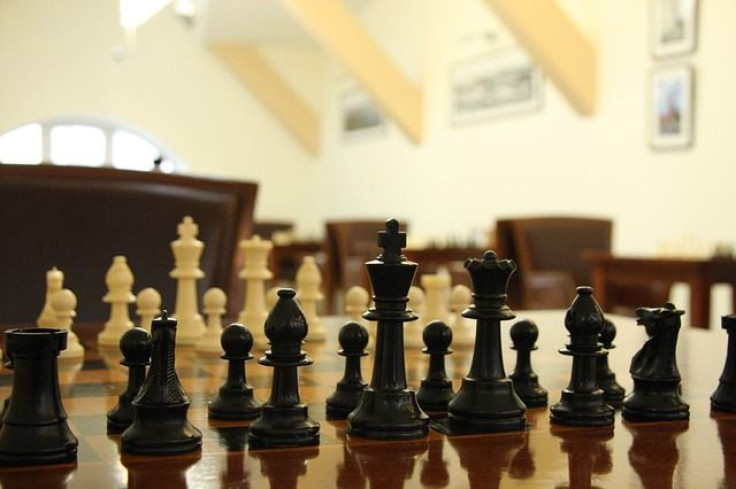Liar, Liar: False Memories Can Endure More Deeply Than True Ones

How long can a lie last?
Memories are fickle. Every time we remember a memory, it is re-stitched into our brains imperfectly, so that every time we retrieve it, it is a bit more imprecise.
This imprecision of our memories has important ramifications. For instance, eyewitness testimony is often given a great deal of weight by jury testimonies, though memory is imprecise.
In the early 1990s, many people claimed that they had remembered repressed memories about traumatic experiences, including some celebrities like Roseanne Barr. Critics of the movement noted that the techniques that therapists used to retrieve repressed memories were the same techniques used to create false ones. Many prominent psychologists reported that people were simply reporting false memories rather than repressed ones.
Earlier this year, researchers published an article on false memories. They selected 342 participants and showed them 50 slides of two events in rapid succession. Over the slides, researchers played people's voices, ostensibly eyewitness testimony. One event showed a man breaking into and stealing things from a car. The other event showed a man stealing a girl's wallet.
The narration was included on every slide, and ostensibly described the scene at hand. However, 12 slides were manipulated so that the narration described something slightly different than the scene depicted. For example, the slide would show a man leaning against a window, but the narration would describe the man leaning against a door.
Then the researchers gave the participants asking them what they had seen and where they had received the source. That way, they could discern between a wrong memory and a false one. For example, a man leaning against the window would be a true memory, a man leaning against a door would be a false one, and a man leaning against the wall would be a wrong memory.
In the first test, 61 percent of participants' memories about the slides were true, while 31 percent were false.
The participants were called back again a year and a half later to watch the same slides. This time, the researchers would stop the slides just before the manipulated ones to ask what came next. Researchers found that the true memories remained 45 percent of the time, a solid amount. The researchers were disturbed to find that false memories remained 39 percent of the time - meaning that they had solidified, while the false ones had faded.
This study has implications for a variety of fields, but particularly politics, where politicians on both sides of the aisle often spin facts to best represent their viewpoint. It may appear that misinformation can be easily seen through. However, this study indicates that misinformation can endure just as strongly, sometimes more strongly, than the truth.



























